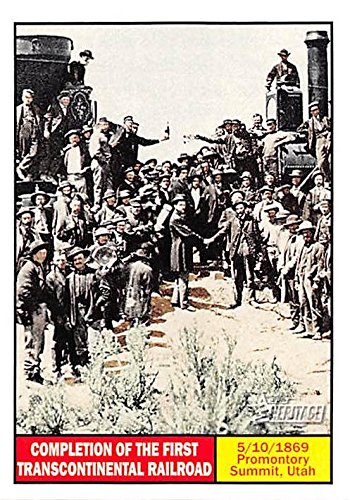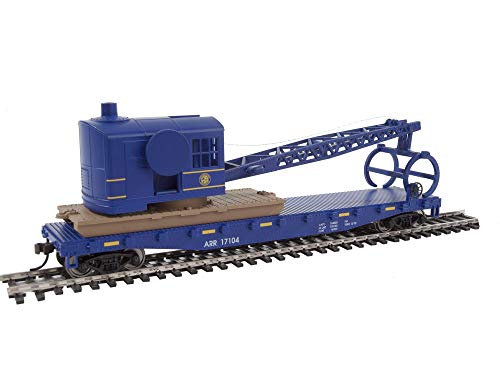The Washington DOT is reluctant to spend what I'm told could be up to a hundred-million-dollars to get the ex-NP back up to passenger train standards between Auburn and Pasco, especially since the running time between Seattle and Yakima would be around four hours with you can drive it in about 2:15 at the speed limit with no interruptions. Of course I'm on record as saying that the Empire Builder needs to be rerouted back to the Yakima line and should never have been rerouted in 1981. I know that's not consistent with railfan opinion, but the south line was where the population, the business and the political support for Amtrak were.
A couple of bones to pick with your assertions there:
1. The Stampede Sub is "up to passenger train standards". It's just dark with a three CTC islands for sidings at Bristol, Easton, and Kanaskat. It is FRA Class 3 and is perfectly fine for passenger trains up to 59 mph.
2. The 59 mph FRA Class 3 upper limit really means nothing here. It'll never reach 59, let alone 79 on the Stampede Sub even if you put lineside signals back in and made it Class 4. The speed restrictions are lower than that over the entire Stampede Sub. Most of the subdivision has speed restrictions between 20 and 40 mph, with a small stretch of 45. That is due to grades and curves, not rail condition. You could maybe squeeze a couple mph out for passenger service, but nothing significant and that is just adjusting speed restrictions for lighter, shorter passenger trains with better braking response, adding a faster "P" speed to the "F" speed. It is never going to be 79 mph or even 59 mph on the current alignment. You'd have to create a mostly entirely new line to get it to 79 mph. If your vision of "passenger train standards" requires an entirely new alignment, it's time to just give in to the fantasy and start thinking HSR. You could make 59 on a lot of the Yakima Valley Sub, though, much of is 49, the Class 3 limit for freight.
3. It was never a particularly fast line, and that is due to alignment and grades. The North Coast Limited was carded at 4:20 between Seattle and Yakima according to my January 1961 Official Guide, leaving Seattle at 1:30 pm and arriving Yakima at 5:50 pm. If that is the best NP could do with their crack varnish over their mainline, I do not think Washington DOT could improve that significantly without spending into the billions (i.e. a new railroad). You probably could have beaten the NCL's time on US 10 and US 97 in 1961, too (though not by as much as on I 90 and I 82).
The real kicker and expense isn't bringing the line up to traditional "passenger standards" (which it already is). It is PTC. BNSF has not installed PTC and does not plan to. I just checked that on the BNSF website. It is one of the few secondary mains that BNSF hasn't put PTIC on. Most of the traffic is eastbound grain empties. Any hazmat they'll run over Stevens or along the Columbia, so they do not need PTC for themselves there. Passenger service there isn't going to get by without PTC, like Raton/Glorietta (0 freight trains) or the former D&RGW west of Grand Junction (1 BNSF trackage rights train a day each way). There's probably too much freight traffic even if at current low levels. And even if freight traffic was low enough (which I think is only one train) if you wanted to add more than a single daily Amtrak train, that'd require PTC regardless of whatever BNSF wants to do. Since BNSF doesn't need PTC, the entire cost of PTC installation would fall on Washington DOT/Amtrak.
So it is PTC that's probably the is probably the stake in the heart of the possibility of passenger service over Stampede, be Cascades corridor service or a Builder reroute. PTC installation indeed could be over 100 million, if not multiples of that.

























































